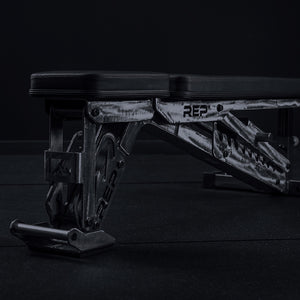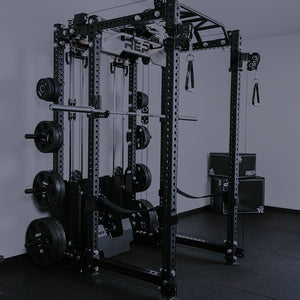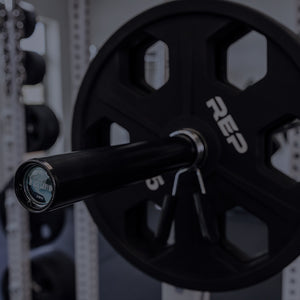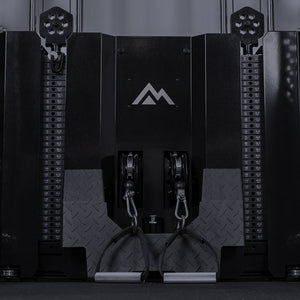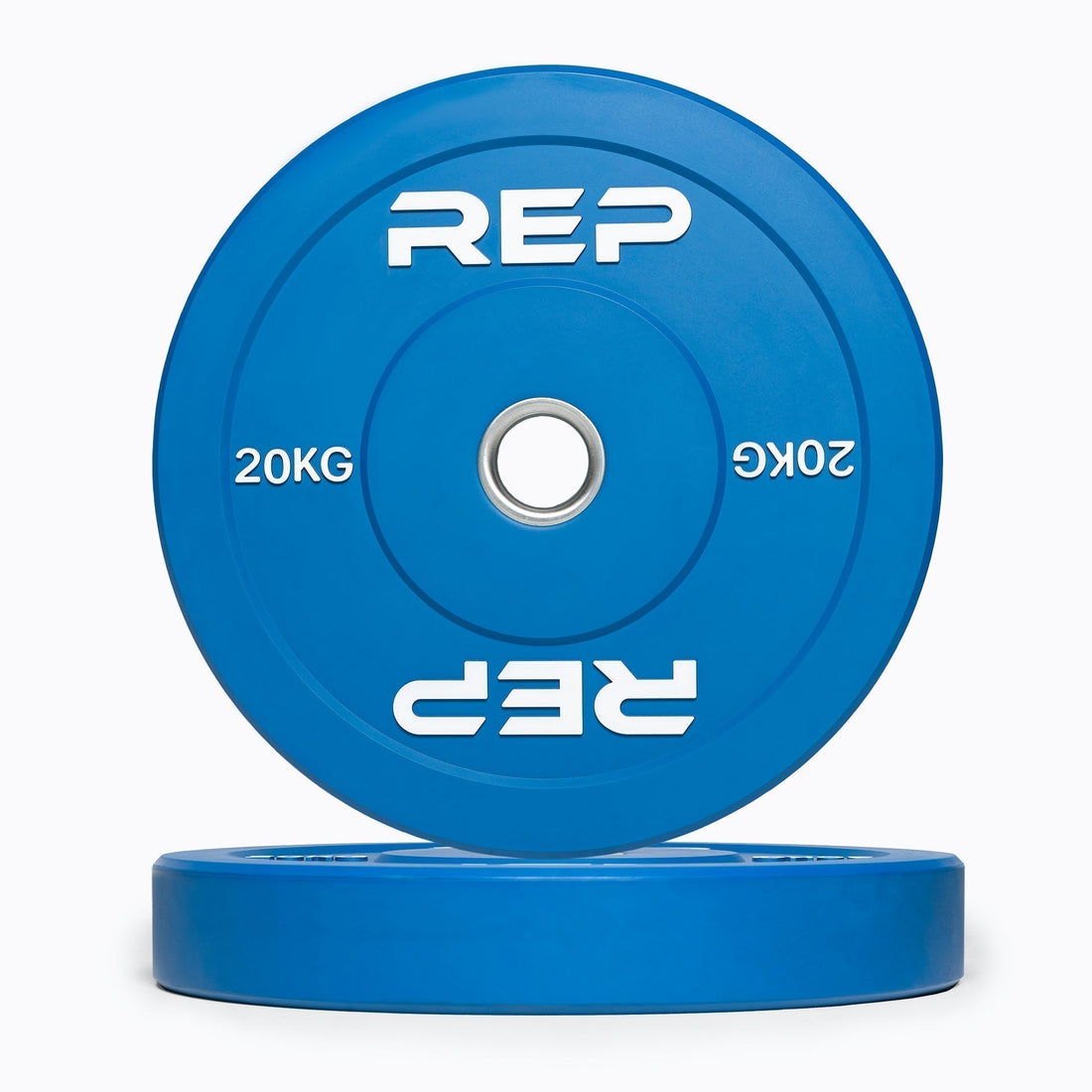
Bumps ahead.
If you've ever walked into a gym and wondered why some weight plates look like oversized hockey pucks, you're not alone. Bumper plates may look softer on the outside, but they're built for serious business.
But what exactly are they, and why do lifters love them? Whether you're an Olympic weightlifter, a functional fitness fanatic, or just tired of waking up the neighbors every time you drop a barbell, understanding what bumper plates are used for (and why they might be your new best friend) can help you make the right investment.
What Are Bumper Plates?

Bumper plates are a type of weight plate specifically designed for Olympic weightlifting and high-impact training. Unlike traditional iron plates, bumper plates are made of rubber or a rubberized material, which allows them to be dropped from overhead without damaging the plates, barbell, or flooring.
These plates come in standard Olympic sizes, meaning they have a 2” center hole to fit an Olympic barbell. Most bumper plates are the same diameter, regardless of weight, to ensure a consistent bar height when lifting. If you're looking to learn more about specific kinds of bumper plates and explore options for your home or commercial gym, check out a range of bumper plate pairs here.
What Are Bumper Plates Used For?
 Bumper plates are used in a variety of weight lifting activities, including:
Bumper plates are used in a variety of weight lifting activities, including:
Olympic Weightlifting – Clean and jerk, snatch, and other explosive lifts where dropping the barbell is common.
Functional fitness – High-rep, high-intensity workouts often require dropping the weights quickly.
General Strength Training – Bumper plates can be great for deadlifts, squats, presses, and more, especially in home gyms where protecting the floor is essential. (You don’t want 500lbs of hard iron crashing onto your cement garage floors.)
Home Gym Setups – Many lifters prefer bumper plates over iron plates because they reduce noise and minimize floor damage.
Bumper Plates vs. Iron Plates: What’s the Difference?

The biggest debate when buying weight plates is bumper plates vs. iron plates. Here’s a quick breakdown of the key differences:
Advantages of Bumper Plates:
-
Safer for Lifting – The rubber coating absorbs impact and reduces the risk of injury from dropped weights.
-
Quieter – Great for home gyms where noise reduction is important.
-
Protects Floors and Equipment – Less damage compared to iron plates.
-
Same Diameter Across Weights – This keeps the bar at a consistent height for better lifting mechanics.
Disadvantages of Bumper Plates:
-
More Expensive – Generally speaking, the rubber material makes them costlier than iron plates.
-
Bulkier – Thicker plates mean they take up more space on the bar. If you’re super strong and need to maximize barbell space, you’ll want thinner plates than bumpers.
-
Less Variety in Plate Sizes – Traditional iron plates often have more weight increments available.
-
No Cool Sounds – There's something satisfying about the sound of metal plates sliding onto a barbell. It’s like the gym brethren's’ symphony.
Still unsure about whether you want bumper plates or iron plates? We gotchoo. Here’s an in-depth guide on the pros and cons of each can help clarify the best choice for your lifting needs.
How Much Is One Plate?

When lifters ask “how much is one plate?” they’re usually referring to a 45lb plate. (A “three-plate lift” means three plates on each side of the 45lb barbell = 315lbs. That’s Gym Math.) However, bumper plates come in various weights, including:
10lb (black or white plates, sometimes gray)
15lb (black or light-colored plates)
25lb (green plates)
35lb (yellow plates)
45lb (blue plates)
55lb (red plates)
You can also get bumper sets in all black or fun patterns, like animal print.

The price range for weight plates varies depending on the material and brand.
How Much Do Red Plates Weigh?
If you’ve seen red plates at the gym, they typically weigh 55lbs (25kg). These are the heaviest standard bumper plates and are used in Olympic weightlifting competitions. They’re a great option for serious lifters who want to maximize their barbell loading capacity.
(Visual learner? The answer to the question is in the below picture. Tada!)

Should You Get Bumper Plates?
If you’re considering upgrading your gym setup, bumper plates are a smart investment, especially for people who value durability, noise reduction, and floor protection. Whether you're lifting at home or in a commercial gym, these rubberized plates provide significant advantages over traditional iron plates.
Learn More
-
How much weight do you need to buy for your gym? Here's a guide to help.
-
If you’re looking for more information on how to pick the right weight plates for your gym, this guide provides helpful insight into what to look for when buying.
Aimee Heckel, CPT, is a health and fitness journalist with over 20 years of experience. She set an all-time world-record deadlift in her division across all powerlifting federations at Mr. Olympia. In addition, she earned a national deadlift record and 18 Colorado state records. Heckel also has nine world records in grip sport, a pro card in natural figure bodybuilding, four first-place bodybuilding titles, and was named IPE Ms. Colorado Figure.
similar to this
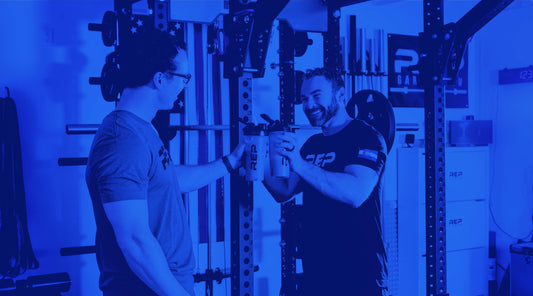
NEWSLETTER SIGNUP
Product launch information, promotions, blogs, and REP news.

